Frequency range: 26.5- 28MHz SWR: ≤1.2:1 Max. power: 35W continuous 250W Short time Bandwidth at S.W.R. 2:1: 1900KHz Impedance: 50ohm Whip length: 1200mm Adjustment: 0~90° Cable Length: RG58/157" Po...
See DetailsWhat is the core technology of Vehicle Mobile Antenna in improving signal quality?
Vehicle Mobile Antenna's core technology in improving signal quality is complex and sophisticated. Below I will further explain and increase the depth and credibility of the article by adding more details.
First of all, talking about efficient radiation and reception technology, Advanced electromagnetic simulation software was used in the design process of Vehicle Mobile Antenna to optimize the shape and layout of the radiation elements by accurately simulating the antenna's radiation pattern and electric field distribution. The antenna designed in this way not only has a more concentrated radiation direction and reduces the loss of signals during propagation, but can also effectively capture weak signals, thereby improving signal transmission efficiency and reception quality.
Secondly, multi-band support technology is a highlight of Vehicle Mobile Antenna. In order to achieve efficient switching and stable communication between different frequency bands, the antenna adopts a wide-band design and combines frequency-selective filtering technology. This means that the antenna can handle signals from multiple frequency bands simultaneously without interference or signal loss between bands. In addition, the antenna is also equipped with an advanced frequency band switching circuit, which can quickly switch to the appropriate frequency band according to communication needs to ensure the continuity and stability of signal transmission.
Let’s talk about signal enhancement and filtering technology. Vehicle Mobile Antenna integrates high-performance amplifiers and filters. These components are carefully selected and matched to ensure optimal signal enhancement and noise suppression. The amplifier can amplify the received weak signal and improve its signal-to-noise ratio, while the filter can eliminate noise and interference from the surrounding environment, making the signal more pure and stable. This design enables Vehicle Mobile Antenna to perform well in various complex communication environments.
In addition to the above technologies, Vehicle Mobile Antenna’s material selection and structural optimization are also key factors in improving its signal quality. The antenna uses high-quality conductive materials and insulating materials. These materials have good conductive properties and mechanical strength, which can ensure the stability and reliability of signal transmission. At the same time, the antenna structure has been optimized to withstand the vibration and impact of the vehicle while maintaining good signal transmission performance.
Finally, some advanced Vehicle Mobile Antennas also feature intelligent adjustment and adaptive technology. These antennas have built-in smart chips and sensors that can monitor vehicle driving status, environmental conditions and communication needs in real time, and automatically adjust the angle, gain and other parameters of the antenna to adapt to different communication scenarios. For example, when the vehicle is driving in mountainous areas or areas densely populated with high-rise buildings, the antenna can automatically adjust the angle to obtain better signal reception; when the vehicle is driving in open areas such as highways, the antenna can adjust the gain to reduce signal attenuation. and interference.
To sum up, Vehicle Mobile Antenna’s core technology in improving signal quality covers many aspects such as efficient radiation and reception, multi-band support, signal enhancement and filtering, material selection and structural optimization, and intelligent adjustment and adaptation. The application of these technologies enables Vehicle Mobile Antennas to provide stable and high-quality signal transmission in complex communication environments to meet the needs of vehicle communication. Through in-depth research and continuous innovation, we believe that future Vehicle Mobile Antennas will be more advanced and reliable, bringing a better experience to vehicle communications.

 English
English Español
Español
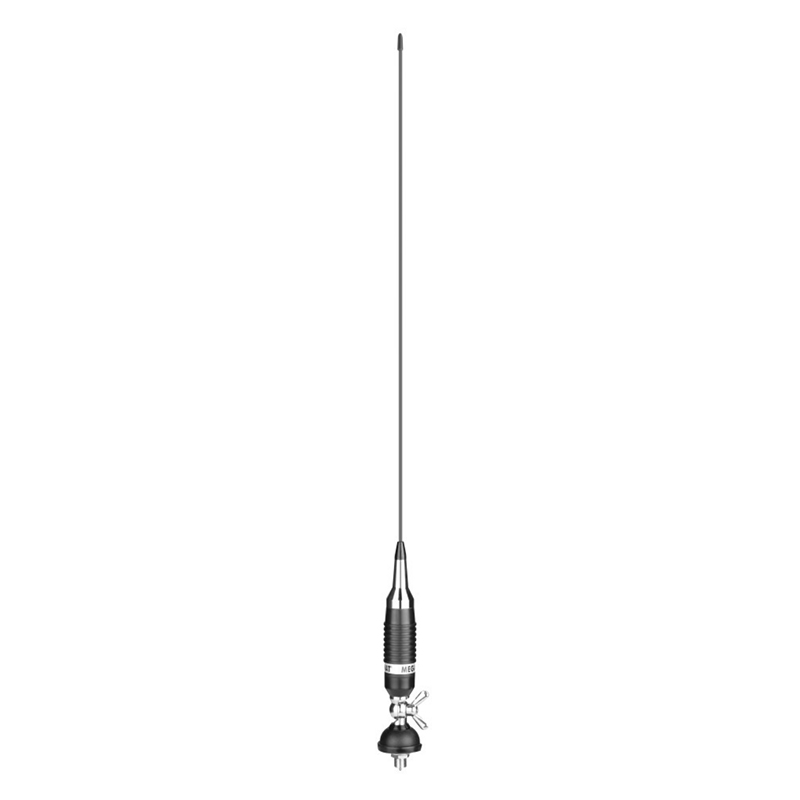
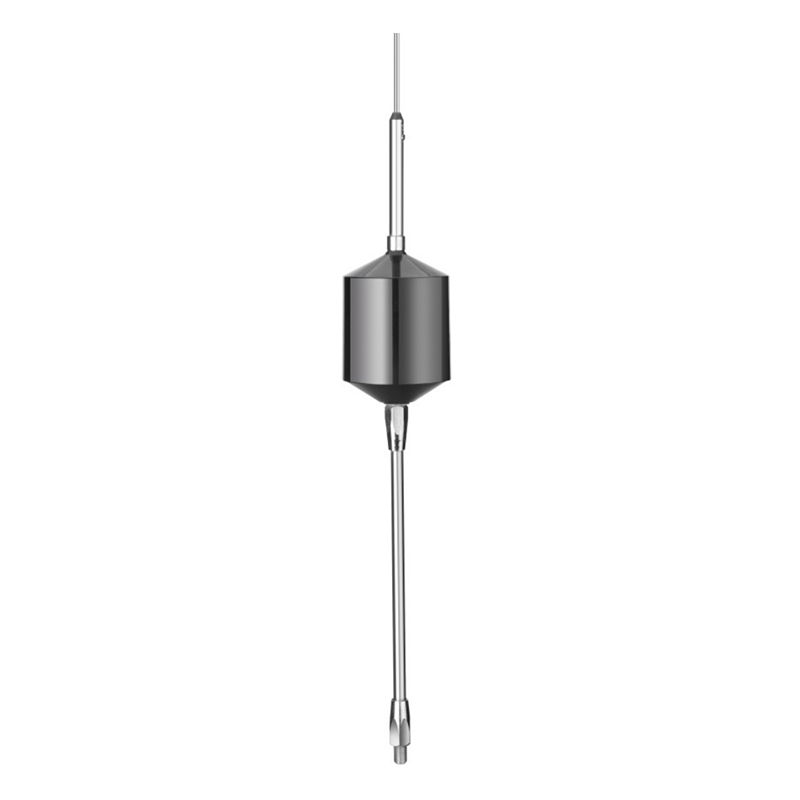

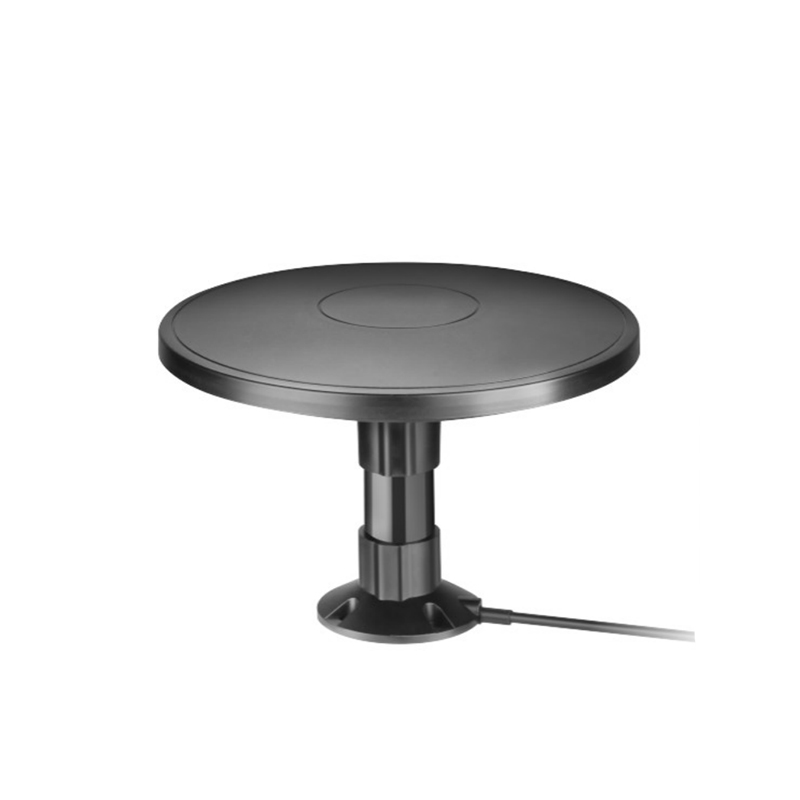
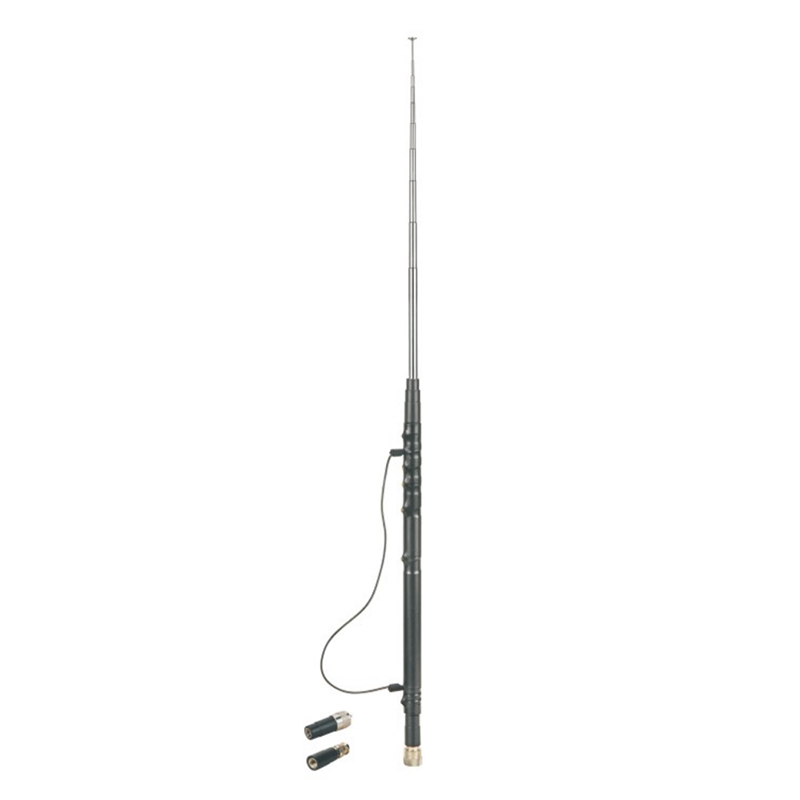

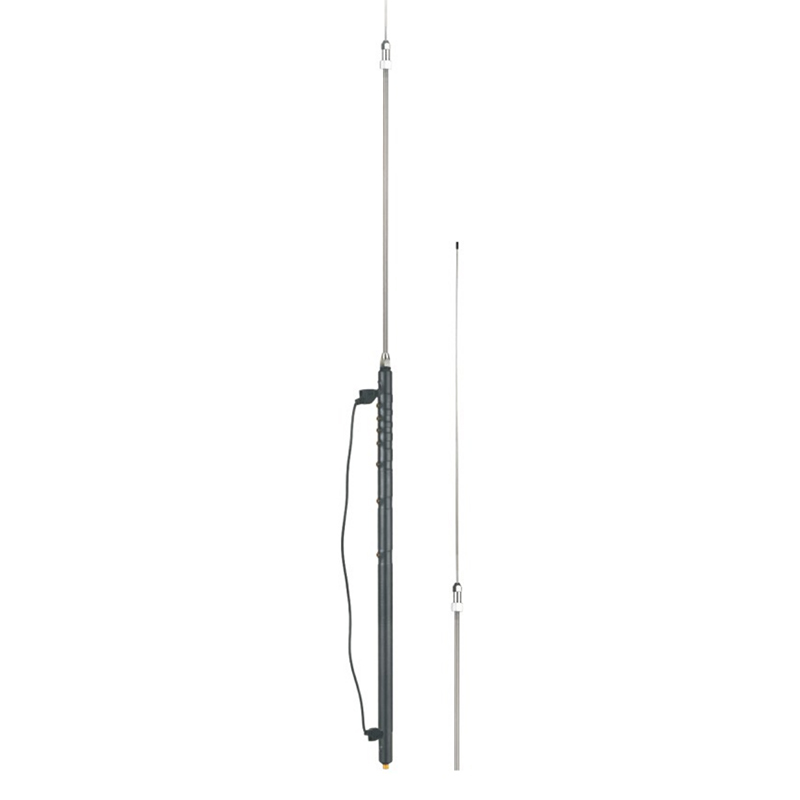
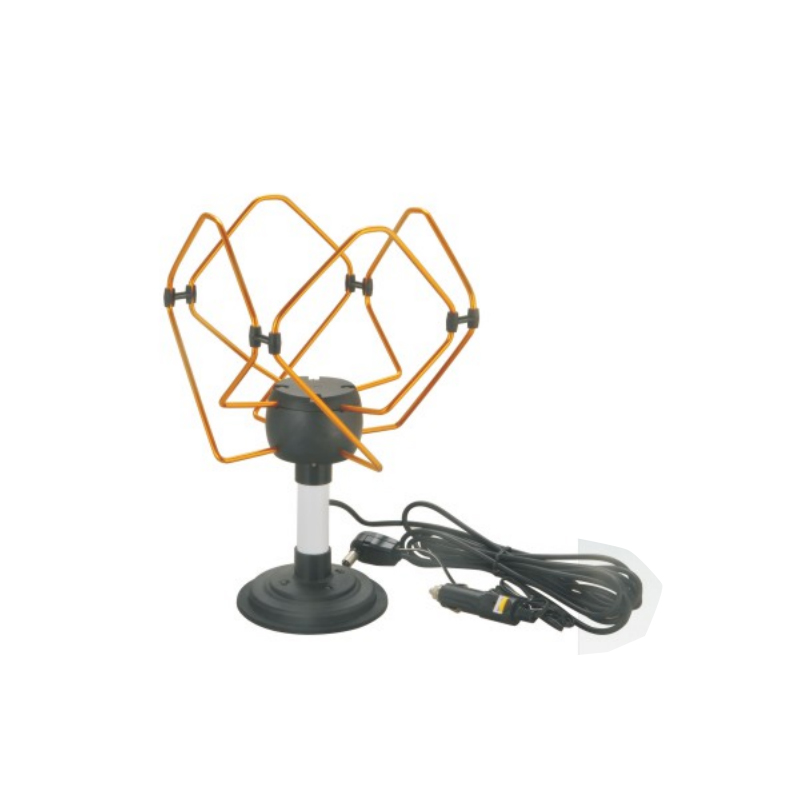
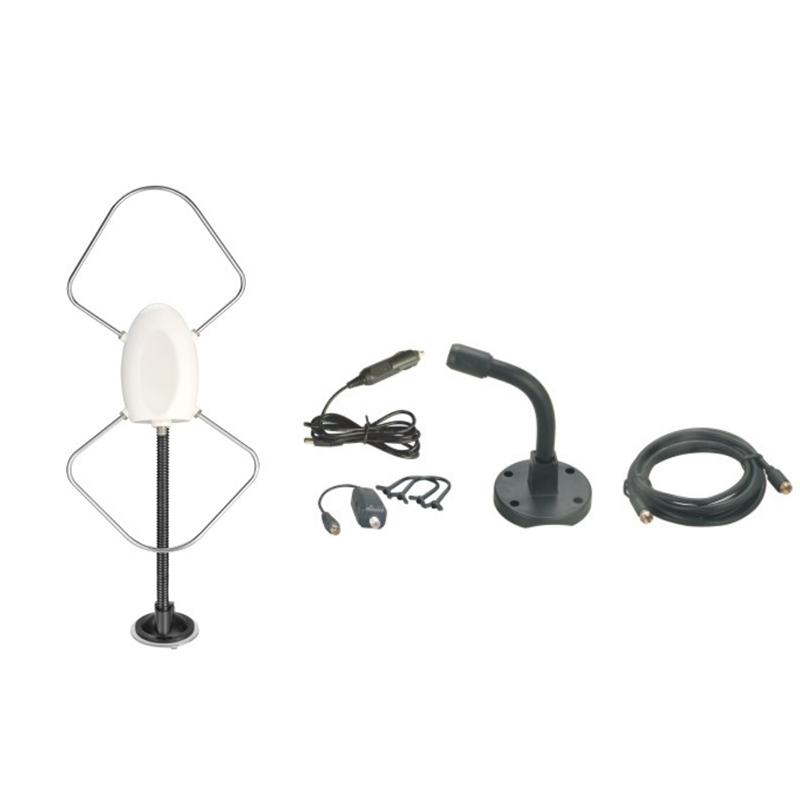
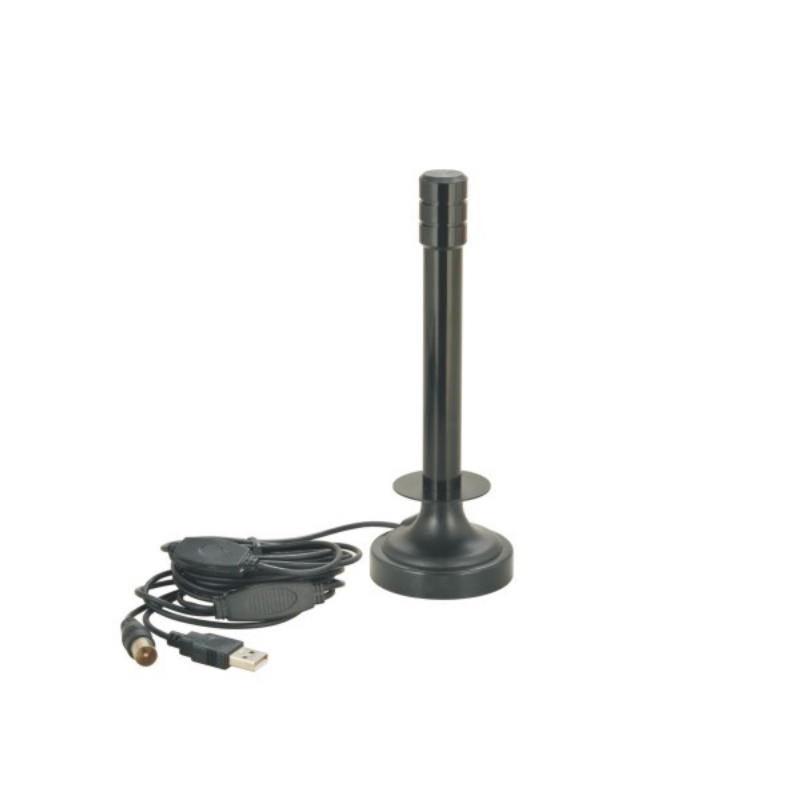
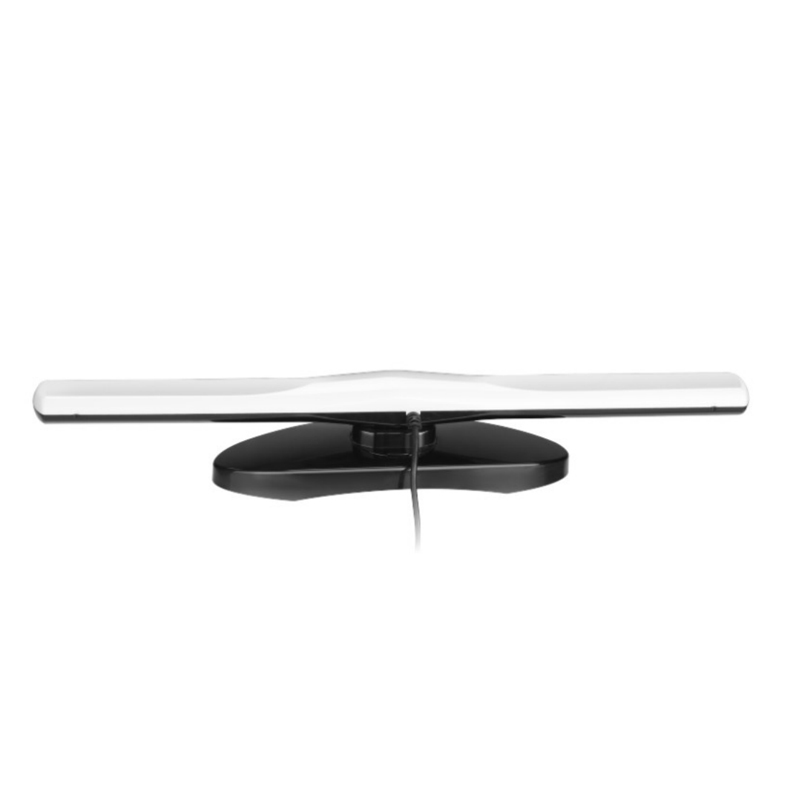
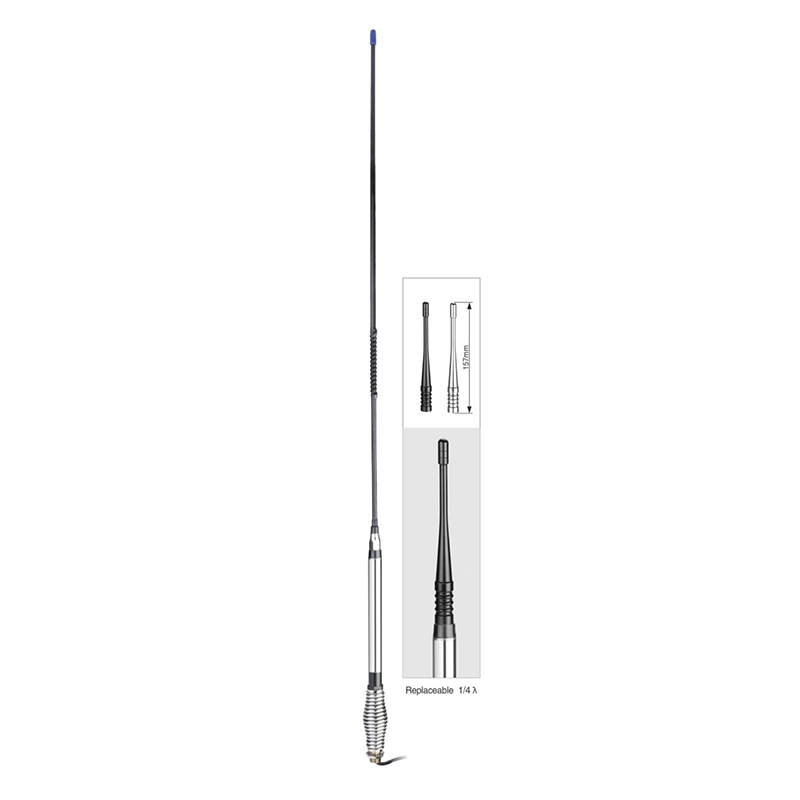

Contact Us